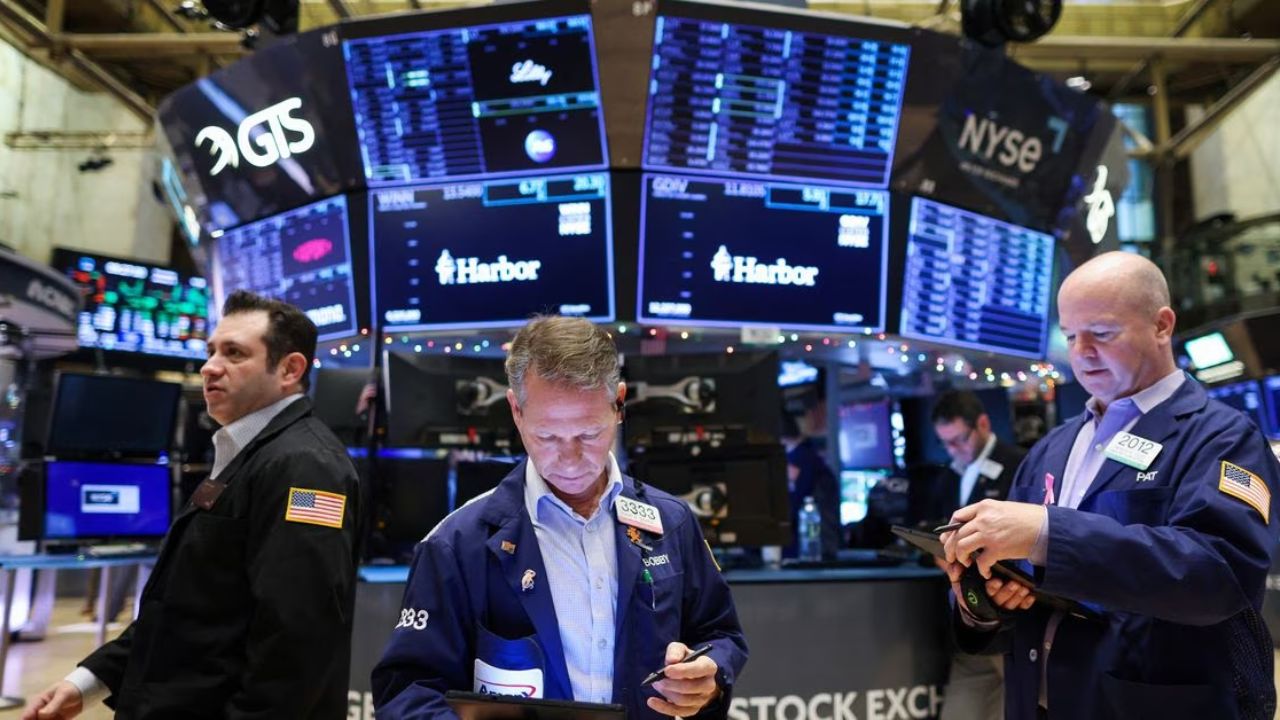In May, U.S. hiring accelerated as employers added 339,000 new jobs and the job market continued to ignore high-interest rates and persistent inflation.
According to the Labor Department, the jobless rate increased from a five-decade low of 3.4% to 3.7%. Since October, that’s the most since then.
Bloomberg polled economists, and they thought that 195,000 jobs were added last month.
Also, the number of jobs added in March and April was changed up by a total of 93,000, which shows that hiring was higher than thought in late winter and early spring.
Even though the Federal Reserve has been raising interest rates quickly to slow hiring, slow wage growth, and slow inflation, the job market has been surprisingly strong.
Fed officials have said that they could stop raising interest rates at a meeting this month. However, the huge jobs report for May and more worrying inflation data later this month could make that plan go away.
S&P 500
As of 10:15 a.m. ET on Friday, the main stock market index, the S&P 500, was up 35 points, or 0.8%, at 4,255, while the Dow Jones Industrial Average was up 400 points, or 1.2%, at 33,464.
The jobs report gave the indices a boost. It also showed, which may have been more important for the markets, that wage gains slowed even as hiring picked up. Wages are one reason why prices go up.
10-year Treasury yield
CME Group data shows that traders are becoming more sure that the Fed will raise interest rates in July after the pause. That made the rates on Treasury bonds go up. Late Thursday, the yield on a 10-year Treasury rose from 3.60% to 3.63%. It helps decide how much mortgages and other important loans will cost.
The two-year Treasury yield, which changes more based on what people think the Fed will do, went up from 4.34% to 4.41%.
What is the Wage Growth Rate?
Even though there was a lot of hiring last month, it was a good sign that the average hourly wage went up by 11 cents to $33.44. This brought the annual increase down from 4.4% to 4.3%. That should give the Fed some comfort that wage growth and inflation are continuing to slow down gradually.
Rubeela Farooqi, the chief U.S. economist at High Frequency Economics, says, “The data show that job growth is continuing at a fast pace, but wage pressures are not building.” Even though there are a lot of new jobs, she says the Fed should keep rates the same this month because the average wage is only going up by a small amount.
What Industries Are Seeing Job Growth?
With 64,000 new jobs, the most were in professional and business services. The area most affected by the pandemic, leisure and hospitality, added 48,000 jobs, mostly in restaurants and bars. Construction added 25,000 jobs. Most of the 56,000 new jobs were in state and local government.
Since manufacturing has been going down for six months in a row, 2,000 jobs were cut.
In the past few months, as interest rates have gone up and worries of a recession have grown, job growth has slowed. However, the numbers have been all over the place.
Companies that can’t find enough workers because of the pandemic continue to hire people and cut down on layoffs. Recent job growth has also been helped by weather that has been warmer than normal.
Labor said this week that employers put 10.1 million job openings in April, which was a record high. This was up from 9.7 million the month before, reversing a recent trend of slowing down.
At the same time, the number of people leaving their jobs dropped to its lowest level in two years. This shows that workers are less sure they can switch jobs to get big pay raises, which is good news from the Fed’s point of view.
Homebase, which makes software for small companies to schedule their employees, said that wages fell for the first time since 2021 last month.
Even though employers still have trouble finding workers, the problem is getting better in most of the U.S. as people who had to stay home because of the pandemic start to go back to work.
Goldman Sachs says that companies that are still having trouble finding workers tend to hire them early in the year, before the spring hiring season. This leaves a smaller supply of workers, which is likely to slow job growth in May.
Then, the research firm says, hiring tends to pick up again in June, when high school and college students look for summer work.
Another thing that hurt May’s payroll gains was that banks were less likely to lend money after a number of rural banks that had been hit by deposit runs failed. Credit is used to pay workers in places like restaurants and hotels. Goldman thinks that the stricter loan requirements likely cut job growth by about 25,000.
